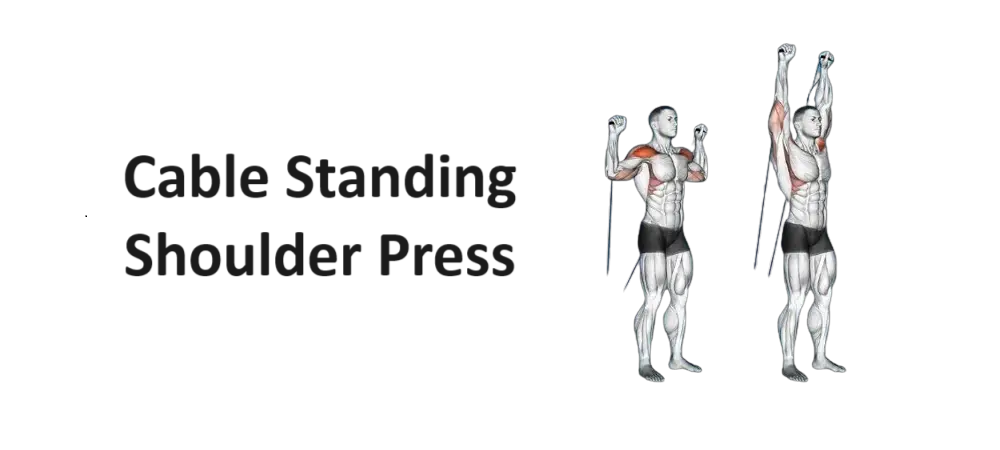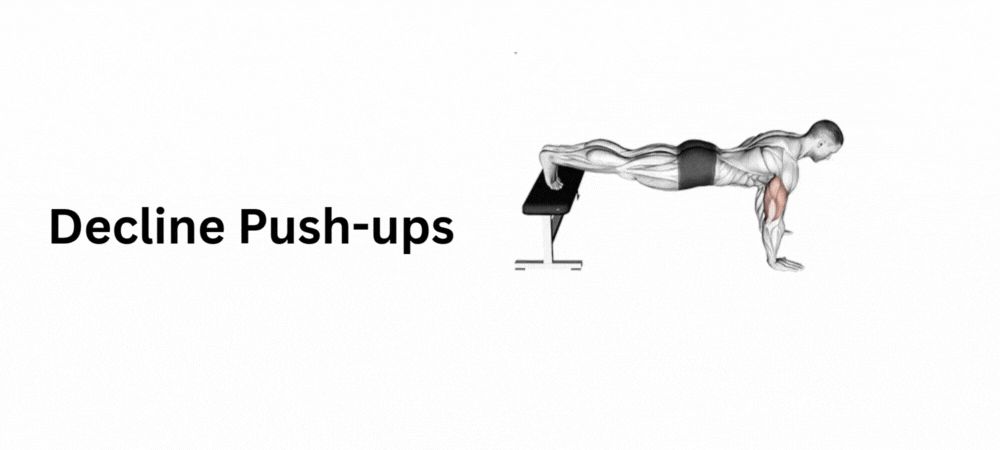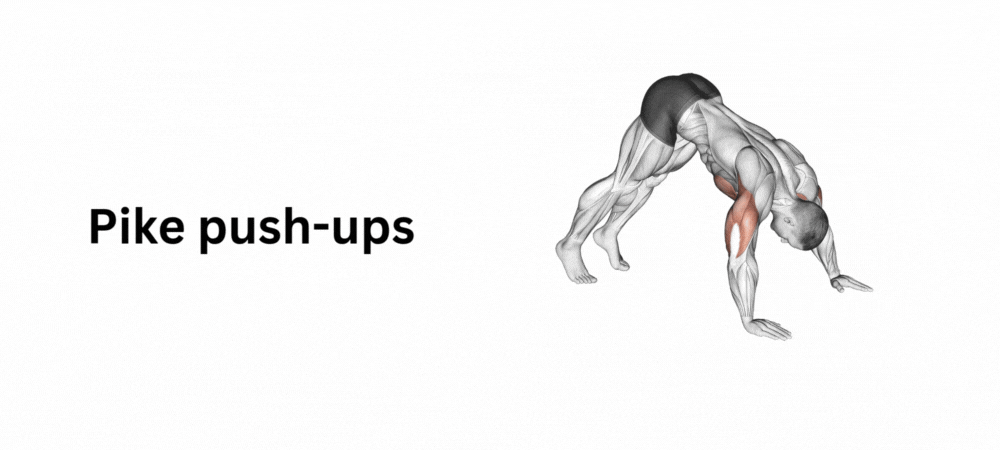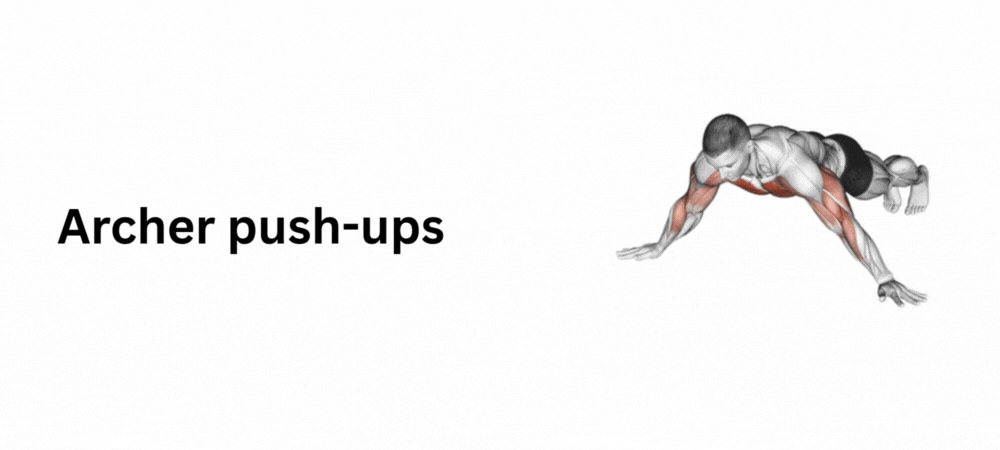Table of Contents
Introduction of Cable Standing Shoulder Press
The Cable Standing Shoulder Press is an effective exercise for targeting the shoulder muscles, particularly the deltoids. Unlike traditional overhead presses performed with free weights, the cable machine provides a constant tension throughout the movement, which can enhance muscle activation and growth. By performing the press while standing, you also engage your core muscles for stability, making it a compound exercise that benefits multiple muscle groups simultaneously.
Standing during the exercise requires more balance and coordination compared to sitting, which helps improve overall stability and posture. The adjustable nature of the cable machine allows for a smooth and controlled motion, reducing the risk of injury and making it suitable for various fitness levels. Whether you’re looking to build strength, improve shoulder definition, or enhance functional fitness, the Cable Standing Shoulder Press is a valuable addition to any strength training routine.
Instructions for Cable Standing Shoulder Press
Certainly! Here’s a structured guide for performing the Cable Standing Shoulder Press:
Cable Standing Shoulder Press Instructions
Setup:
- Adjust the Equipment:
- Set the pulleys of the cable machine to their lowest position.
- Attach the appropriate handles or grips to each pulley.
- Weight Selection:
- Choose a weight that allows you to perform the exercise with good form throughout the set.
Starting Position:
- Stand Position:
- Stand facing the cable machine with your feet shoulder-width apart and a slight bend in your knees for stability.
- Grab the handles with an overhand grip (palms facing forward) and bring your hands up to shoulder height.
- Arm Position:
- Your elbows should be bent at approximately 90 degrees, with your forearms parallel to the ground.
Execution:
- Press Up:
- Press the handles upward by extending your arms fully. Ensure that the movement is smooth and controlled.
- Keep your core engaged and maintain an upright posture throughout the movement.
- Lower Down:
- Slowly lower the handles back to the starting position, keeping your elbows at shoulder height and avoiding any abrupt movements.
Form Tips:
- Posture: Maintain a neutral spine and avoid excessive arching of the lower back.
- Control: Focus on controlled movements and proper muscle engagement rather than using momentum.
- Elbow Position: Keep your elbows slightly in front of your body and in line with your shoulders throughout the press.
Repetitions:
- Perform 8-12 repetitions per set, adjusting based on your strength and fitness goals.
- Complete 3-4 sets, resting for 60-90 seconds between sets.
Additional Tips:
- Breathing: Inhale as you lower the handles and exhale as you press them upward.
- Warm-Up: Warm up your shoulders and upper body with light exercises or dynamic stretches before starting your workout.
- Focus: Pay attention to the muscle contraction in your shoulders and maintain steady form throughout the exercise.
Common Mistakes to Avoid:
- Leaning Back: Avoid leaning or arching your back excessively to prevent strain on your lower back.
- Using Momentum: Refrain from using excessive force or momentum; the movement should be controlled and deliberate.
- Elbow Misalignment: Ensure your elbows are correctly aligned and not flaring out or dropping too low, which can reduce the effectiveness of the exercise and increase the risk of shoulder strain.
By following these guidelines, you can effectively perform the Cable Standing Shoulder Press, enhancing shoulder strength and stability while minimizing the risk of injury.
Benefits
- Shoulder Strength: Targets the deltoid muscles in the shoulders, promoting overall strength and muscle development.
- Stability: Standing while performing the press requires core engagement and balance, enhancing overall stability.
- Versatility: The cable machine allows for smooth, controlled movements and can be adjusted for different angles or resistance levels.
- Joint Safety: The cable machine provides a more natural movement path compared to free weights, potentially reducing strain on the shoulder joints.
Remember to warm up before starting your workout and to use proper form to avoid injury. If you’re new to this exercise, consider starting with lighter weights or consulting a fitness professional for guidance.
Muscles worked in Cable Standing Shoulder Press
The Cable Standing Shoulder Press primarily targets the shoulder muscles, but it also engages several other muscle groups. Here’s a breakdown of the muscles worked:
Primary Muscles:
- Deltoids:
- Anterior Deltoid: This is the front portion of the shoulder muscle that plays a major role in shoulder flexion and pressing movements.
- Lateral Deltoid: Located on the outer side of the shoulder, it is crucial for shoulder abduction and helps to lift the arm out to the side.
- Posterior Deltoid: Although less involved than the anterior and lateral deltoids, it assists in shoulder extension and stabilization during the press.
Secondary Muscles:
- Triceps Brachii:
- The triceps, located on the back of the upper arm, help extend the elbows during the pressing motion.
- Upper Pectorals:
- The upper part of the chest muscle aids in shoulder flexion and adds support during the press.
- Trapezius:
- The upper portion of the trapezius helps stabilize the shoulder blades and supports the shoulder joint during the movement.
- Rhomboids:
- Located between the shoulder blades, the rhomboids assist in retracting and stabilizing the shoulder blades.
- Core Muscles:
- Abdominals and Obliques: Engaged to maintain stability and balance throughout the exercise.
- Erector Spinae: Helps maintain an upright posture and supports the lower back.
By engaging these muscles, the Cable Standing Shoulder Press not only strengthens the shoulders but also enhances overall upper body stability and functional strength.
Video on How to do Cable Standing Shoulder Press
Other names of Cable One Arm Front Raise
The Cable Standing Shoulder Press is known by a few alternative names that reflect variations in terminology or slight modifications of the exercise. Some of these names include:
- Standing Cable Shoulder Press: A straightforward variation that emphasizes the standing position and the use of cables.
- Cable Overhead Shoulder Press: Highlights the overhead pressing motion using cables.
- Cable Shoulder Press: A more general term that may be used for any shoulder press performed with a cable machine.
- Standing Cable Overhead Press: Combines the emphasis on the standing position with the overhead pressing action.
- Cable Standing Military Press: Often used interchangeably, especially if the exercise is performed with a stricter form.
These names generally refer to the same basic movement but may vary slightly based on the specific setup or technique used.
FAQs
What are the benefits of the Cable Standing Shoulder Press?
The Cable Standing Shoulder Press strengthens the deltoids (shoulders), triceps, and upper chest while engaging the core and stabilizing muscles. It improves shoulder stability, posture, and overall upper body strength. The constant tension from the cables also enhances muscle activation and can lead to better muscle growth and endurance.
How does the Cable Standing Shoulder Press differ from the Dumbbell Shoulder Press?
The Cable Standing Shoulder Press uses a cable machine, which provides constant tension throughout the movement, whereas the Dumbbell Shoulder Press relies on free weights, which can lead to variable resistance and less stability. The cable version also requires more core engagement due to the standing position, while the dumbbell press can be performed seated or standing.
Can beginners perform the Cable Standing Shoulder Press?
Yes, beginners can perform the Cable Standing Shoulder Press, but it’s important to start with lighter weights and focus on proper form. It may be beneficial to practice the movement with minimal weight or seek guidance from a fitness professional to ensure correct technique and prevent injury.
How often should I include the Cable Standing Shoulder Press in my workout routine?
Including the Cable Standing Shoulder Press 1-2 times per week is generally sufficient for most individuals. It’s important to balance it with other shoulder exercises and overall workout variety to avoid overtraining and ensure well-rounded shoulder development.
What are common mistakes to avoid while performing the Cable Standing Shoulder Press?
Common mistakes include leaning back excessively, using momentum rather than controlled movements, and allowing the elbows to drop too low or flare out. It’s crucial to maintain a neutral spine, engage your core, and focus on smooth, controlled presses.
How do I adjust the cable machine for the Cable Standing Shoulder Press?
Set the pulleys of the cable machine to their lowest position. Adjust the weight to a level that challenges you without compromising form. Ensure the handles or grips are securely attached and positioned at shoulder height.
Can I do the Cable Standing Shoulder Press if I have shoulder issues or injuries?
If you have shoulder issues or injuries, consult with a healthcare professional or physical therapist before performing this exercise. They can provide personalized advice and alternative exercises that may be safer or more suitable for your condition.
How can I modify the Cable Standing Shoulder Press for different fitness levels?
To modify the exercise, beginners can use lighter weights or perform the press with a more limited range of motion. Advanced users can increase the weight, perform the exercise with single-arm variations, or incorporate different angles to challenge the muscles further.
What should I do if I experience discomfort or pain during the exercise?
If you experience discomfort or pain, stop the exercise immediately and reassess your form and weight selection. It’s important to distinguish between muscle fatigue and actual pain. If pain persists, consult a fitness professional or healthcare provider to address any underlying issues.
Can I use the Cable Standing Shoulder Press as part of a full-body workout?
Yes, the Cable Standing Shoulder Press can be included in a full-body workout. It’s important to balance it with exercises targeting other muscle groups and incorporate proper warm-up and cool-down routines to ensure a well-rounded and effective workout.
Conclusion
The Cable Standing Shoulder Press is a highly effective exercise for developing shoulder strength and stability. By utilizing a cable machine, this exercise provides consistent resistance throughout the movement, enhancing muscle activation and promoting balanced shoulder development. The standing position adds an element of core engagement, improving overall stability and functional strength.
Incorporating the Cable Standing Shoulder Press into your workout routine can lead to better shoulder definition, increased upper body power, and improved posture. Whether you’re a beginner or an advanced lifter, this exercise offers versatility and can be adapted to suit various fitness levels and goals.
To maximize benefits and minimize the risk of injury, focus on maintaining proper form, starting with manageable weights, and avoiding common mistakes such as excessive leaning or using momentum. By adhering to these guidelines and incorporating the Cable Standing Shoulder Press thoughtfully into your training regimen, you can achieve significant improvements in shoulder strength and overall fitness.








